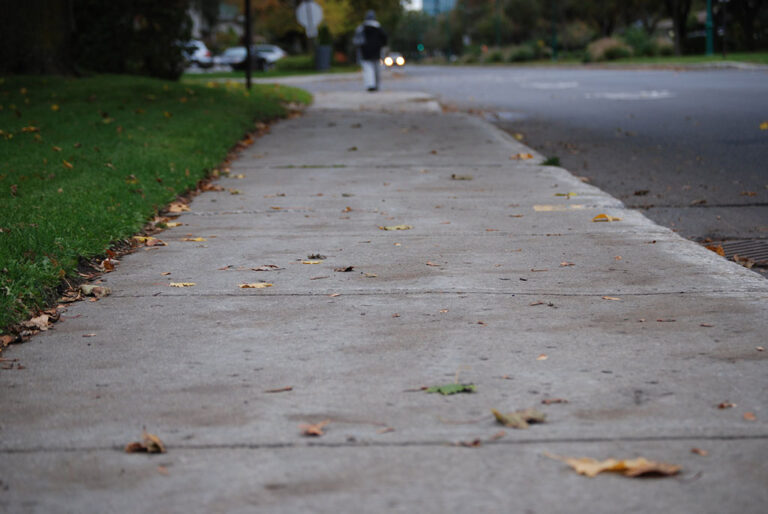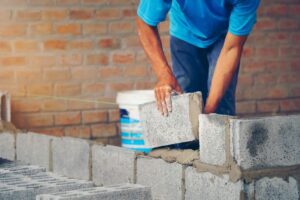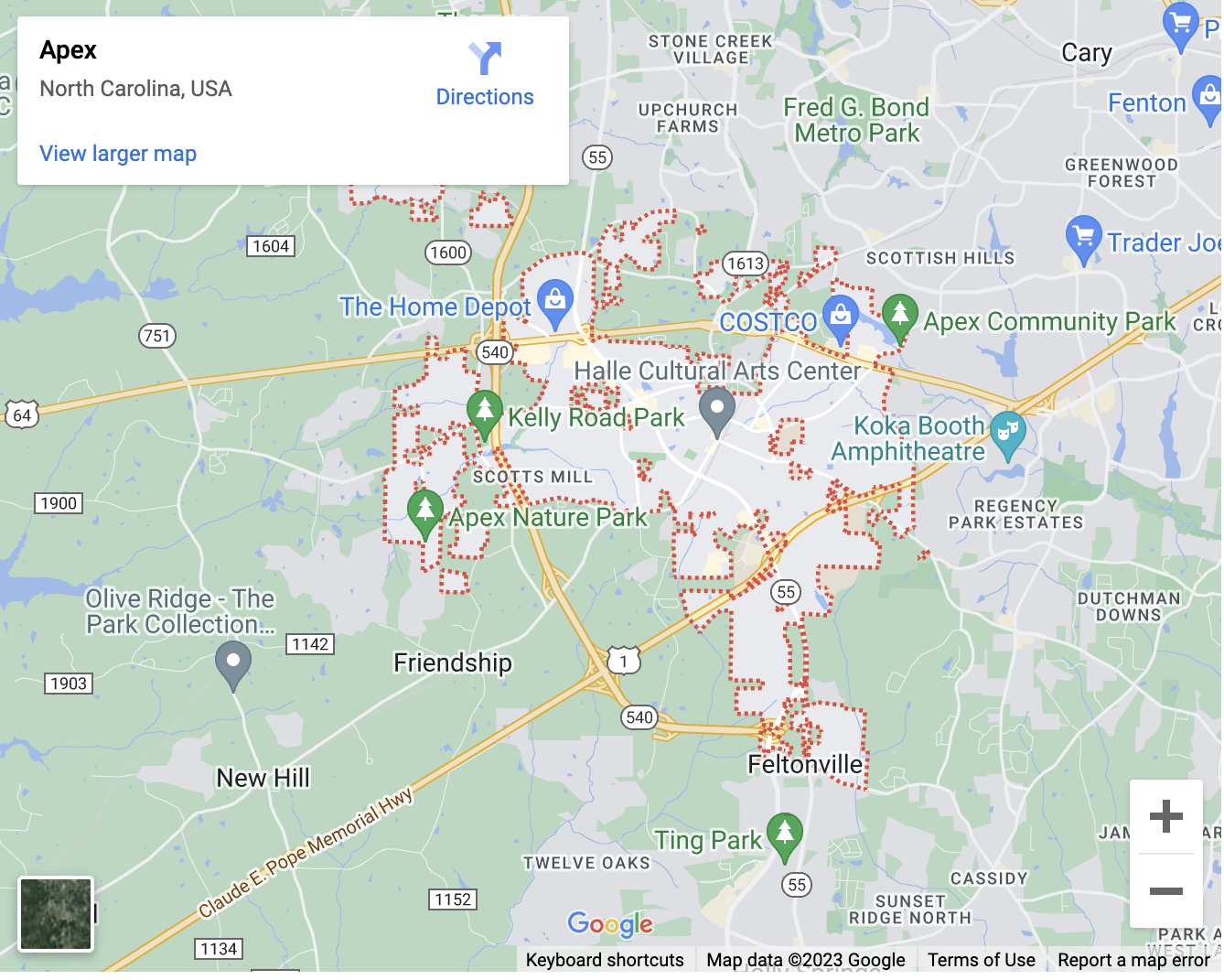Blog

How to Make Concrete Sideways in Apex, NC Look Great
How to make concrete sideways look great? Here are a few tips and tricks to ensure a perfect concrete finish. Before starting, wear safety glasses and use a hammer to tap the concrete form every couple of feet to eliminate any air bubbles. Lastly, remember to wear safety glasses and work gloves, so you don’t accidentally hit your face while hammering the form. Air pockets will form, and the concrete will start to splash.
How to shape and smooth, fresh concrete
If you have a new driveway or patio, you might be wondering how to shape and smooth the surface. This task is vital for keeping the concrete’s character in good condition. It can help prevent cracks and wear and tear while giving it a smooth, even finish. Using a scraper to remove any imperfections in the concrete is an easy way to start. After eliminating defects, you can use a power sander to finish the process.
The darby is another way to shape and smooth, fresh concrete. It works by sweeping the surface in wide arcs to remove screeding marks. While cleaning the surface, remember that too much sweeping can leave a sand-like layer on top of the finished concrete. Less sweeping can also lead to a rougher texture. It is a good idea to wait until the bleed water is gone before sweeping it with a trowel.
Once the water has been absorbed, the concrete will begin to harden. You can test this by pressing your thumb into the concrete and looking for a quarter-inch impression. If you’re finishing a slab, you’ll need a concrete edging tool, but if you’re doing a floor, you can use your thumb. A rounded edge will reduce the chances of chipping off the edges.
In some situations, grinding may be an excellent option to smooth the surface of freshly placed concrete. However, this method isn’t ideal in every situation. In some cases, the concrete may be too rough to be smoothed after a while. To solve this problem, you can apply another layer of concrete. If you don’t have enough space, skip the fifth step and continue with the next steps.
How to prevent air pockets from getting trapped in the concrete
During a freeze-thaw cycle, the water in concrete expands and shrinks, and the extra air voids create a cushion. This entrained air is designed for exterior concrete mix designs. However, it may cause problems when the concrete expands or contracts, such as when a car rolls over it. Here are a few tips to prevent air pockets in the concrete.
Avoid irregular pieces of aggregate in the concrete. An even distribution of aggregates will reduce the possibility of trapped air. Another way to prevent air pockets in concrete is to slow down while pouring. For example, some forms may fill more smoothly from below with a tremie pipe or pump. Filling forms too quickly can lead to surface voids and poor casting. While concrete pouring is essential, following the steps listed below is crucial.


